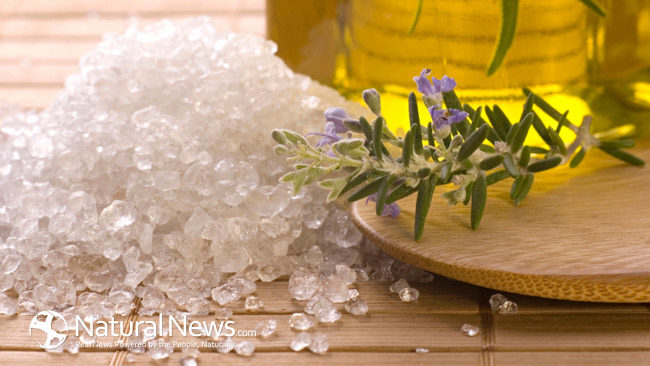Aromatherapy, also called Essential Oil therapy, has been around for decades, although its popularity has gained prominence only in recent years.
In its most basic form, aromatherapy is the practice of taking naturally extracted oils from plants – called essential oils – to use for healing purposes, both physical and emotional.
In the present, practitioners of aromatherapy promote a holistic approach to the art and science of its application to include the whole body – including the mind, energy, and even the spirit. (1)
An incredible amount essential oils are available, each with its own healing properties.
Essential Oils
Essential oils are extracted one of two ways: either by steam distillation or expression, or pressing.
As the health benefits have become more evident over time, they are now sometimes used as a complementary treatment for several diseases including cancer, bronchitis, HIV, asthma, and other issues.
There are more than 90 essential oils, each boasting unique health benefits. Most essential oils can easily blend with others for healing benefits as well as for heightened scent value. (2)
Five popular oils often used include:
Allspice essential oil
Properties: anesthetic, analgesic, antioxidant, antiseptic, carminative, relaxant, stimulant and tonic.
Health benefits: It is used to relieve pain by causing numbness. It also relaxes the body and mind.
Basil essential oil
Properties: antispasmodic, analgesic, antibacterial, and ophthalmic.
Health benefits: this oil is often used for skin care, indigestion, respiratory problems, infections, stress disorders, blood circulation issues, pain, and vomiting.
Cinnamon essential oil
Properties: antibacterial, antifungal, antimicrobial, astringent, anti-clotting, stimulating, cooling, and carminative.
Health benefits: it is known to ease respiratory problems, skin infections, blood impurity, blood circulation issues, and infections. It aids in wound healing, pain relief, menstruation issues, breastfeeding problems, heart disorders, diabetes, colon cancer, indigestion, and as a natural remedy for halitosis.
Grapefruit essential oil
Properties: natural diuretic, disinfectant, stimulant, antidepressant, antiseptic.
Health benefits: it can be used to stimulate urination, fight infections, reduce depression and boost positive mood. It also aids in protecting wounds.
Lavender essential oil
Properties: this well-known and popular oil can be calming, sleep inducing, analgesic, disinfectant, anti-inflammatory, antiseptic, and antifungal.
Health benefits: aids with issues within the nervous system, helps relieve insomnia, eases pain, helps with urine flow, and relieves some respiratory disorders. It is also used in skin care and hair care.
—————————–
There are of course dozens more essential oils, which have healing properties and benefits that run the gamut from antiseptic use to calming nerves to sedating inflammation. Visit organicfacts.net for the full listing of essential oils and their uses.
Application of essential oils
There are many methods you can use to apply essential oils. They are very highly concentrated, however, and must be used with care. Do not ever apply essential oils directly to your skin. Using smaller amounts of the oil diluted in water or in an unscented oil or lotion is the process you should follow for safe use.
Here are a few ways you can use essential oils to achieve your aromatherapy goals:
Aromatherapy baths
Placing a few drops of essential oils to your bath is a fantastic way to reap the benefits – you get the intoxicating scent while you submerge your body in the warm bath, and this also helps with circulation.
Aromatherapy massage
Very few people would turn down a soothing and refreshing massage. When you add essential oils into the therapy, it becomes not only a physical form of healing, but also gives you a tremendously positive psychological boost as well. You can use lavender oil (with lotion) to enhance the natural relaxation properties, or use an energizing agent such as peppermint, which will rejuvenate you and refresh your spirits.
Aromatherapy vapor inhalation
Using essential oils with a vapor technique is very popular. They can be used to ease and alleviate respiratory or sinus problems, Add three to five drops to steaming water and inhale the aroma while draping a towel around your head to “trap” the aroma so you can inhale it for a few minutes.
Compression aromatherapy
You can take a bowl of very warm (not hot) water, soak a clean washcloth into it and then wring it out. After this, use the washcloth as a compress, applying it on areas causing you pain – such as muscle pain in your legs, headache or stomach pains, and also for menstrual cramp relief.
If you are interested in using natural healing methods to complement other therapies in your quest for ideal health, aromatherapy is a very good tool to include in your repertoire of physical and emotional health resources.
Sources for this article include:
https://www.naha.org/
https://www.organicfacts.net/





